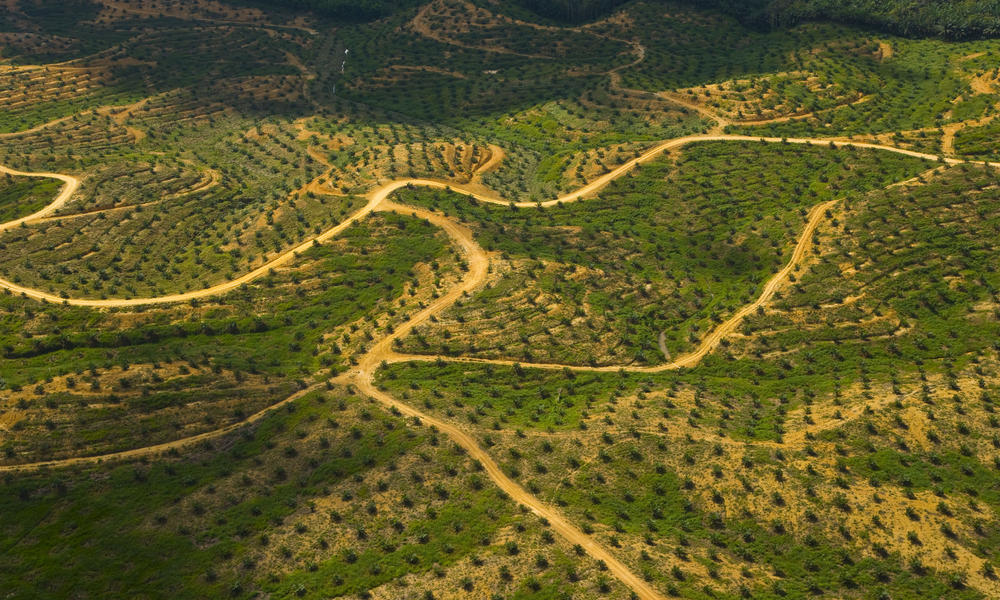Almost every other year, Singapore has been experiencing this trans-national haze that blurred out our modern city skyline for a couple of days before the wind direction changes, and the skies were all cleared again. No,we did not set our own forests on fires ( it’s not like we have much forests to be burnt anyway) that gave rise to the occasional haze. In fact, it was the widespread forest fires in Indonesia and the strong monsoon winds that blew the dust and soot particles across the seas and spread the massive clouds of smoke into our city. This time, the tiny particles almost choked our city.
 |
| Photocredit: Channel News Asia |
The haze situation in Singapore has reached hazardous levels for the past 2 days and I really thought we are going to enter this pandemic with a sudden surge in number of people visiting clinics and hospitals due to lungs,throat and eye irritations. But thankfully, that didn’t happen because as I writing this post, the skies in Singapore remained clear and I am still breathing in fresh air. Maybe it’s time for us Singaporeans not to take our clean and fresh air for granted. Our government has been working hard to keep our environment clean and green for all to live healthily and comfortably but when our air is unclean, we put lots of pressure on our government to help put up a fight for us when actually we were the ones who were indirectly responsible for the haze.
It was reported that the Palm oil companies were the culprits behind raging forests fires in Indonesia. Some of these palm oil plantations were owned by Indonesian, Malaysian and Singaporean companies. All right, I guess we have just shoot ourselves right in the foot.We brought upon our own tradegies. So, after this haze episode, our government pledge to pursue those Palm oil companies who were behind the haze. But the truth is, you can’t really blame these Indonesian, Malaysian or even Singaporean investors who invested in these palm oil companies for business. Why? Because we were the ones which generated demand in the market for the use of palm oil found in our everyday food and household products. Let me shed some light for you.
 |
| Photocredit: worldwildlife.org |
85 percent of the world’s palm oil is produced by Malaysia and Indonesia. To meet the world’s increasing demand for palm oil, up to 300 football fields of forest has to be cleared each hour. And the fastest and most efficient way of clearing forests is to burn the trees instead of chopping them down one by one. This large-scale rainforest destruction is forcing our primates like Orang Utans and other animals to extinction.But to these Palm oil companies, do our environment and animals really matter to them? With more land cleared for plantation, more palm oil could be available to be used as ingredients in cosmetics, confectionery and cleaning agents. So, logically-speaking, if we could make the informed choice and boycott these palm oil-containing products, less deforestation would take place and as Singaporeans, we would not to experience another serious haze episode. It all sounded really easy, isn’t it? But, no.
As consumers, it’s almost impossible for us to find out if a certain product contains palm oil because on labels, palm oil could be listed as ‘vegetable oils’. Even well-know brands of chocolate bars or any other snacks that were stated to contain ‘vegetable oils’ could contain palm oil. So how do we detect palm oil in our products? Here’s a great informative website for you to learn more identifying palm oil-containing products.
 |
| Photocredit: http://www.zoo.org.au/ |
More importantly, do we really need palm oil? There are other alternatives to palm oil but many companies prefer to use palm oil because it is cheaper to produce it as compared to other alternatives. One alternative is the certified sustainable palm oil (CSPO), an enviro-friendly palm oil produced from plantations which have been well-managed by good environmental, social and economic standards. Not many are aware about the truth behind Palm oil. So,share this because the world need to know it.
Many years back, the world was not aware of the negative impacts of using crude oil for energy but through the support from environmentalists, governments and alternative energy companies, we are now aware of the various energy issues and other green alternatives which we could rely on in the future for energy.
Singapore is a small city state but we are already experiencing the negative impacts of deforestation so what would really happen if we faced with an energy crisis? Would we still enjoy living clean, green and healthy environment with fresh air every day?
Go green by buying Palm-oil free products and supporting clean energy.
To find out more about alternative energy companies like NRGLab in Singapore produce clean energy for Singapore, visit the following links:
How Singapore could be powered by batteries which last for 20 years
NRGLab: SH-Boxes – The Truth is Now Made Convenient
A Cleaner and Greener Environment with NRGLab Singapore
To find out more about alternative energy companies like NRGLab in Singapore produce clean energy for Singapore, visit the following links:
How Singapore could be powered by batteries which last for 20 years
NRGLab: SH-Boxes – The Truth is Now Made Convenient
A Cleaner and Greener Environment with NRGLab Singapore
For more information, please visit the following links:
NRGLab Company: www.nrglab.asia
The Fund of entrepreneurs-inventors: www.anashell.com
Viscoil Holdings: www.viscoil.com
NRGLab’s YouTube Channel: http://www.youtube.com/NRGLABSGD






